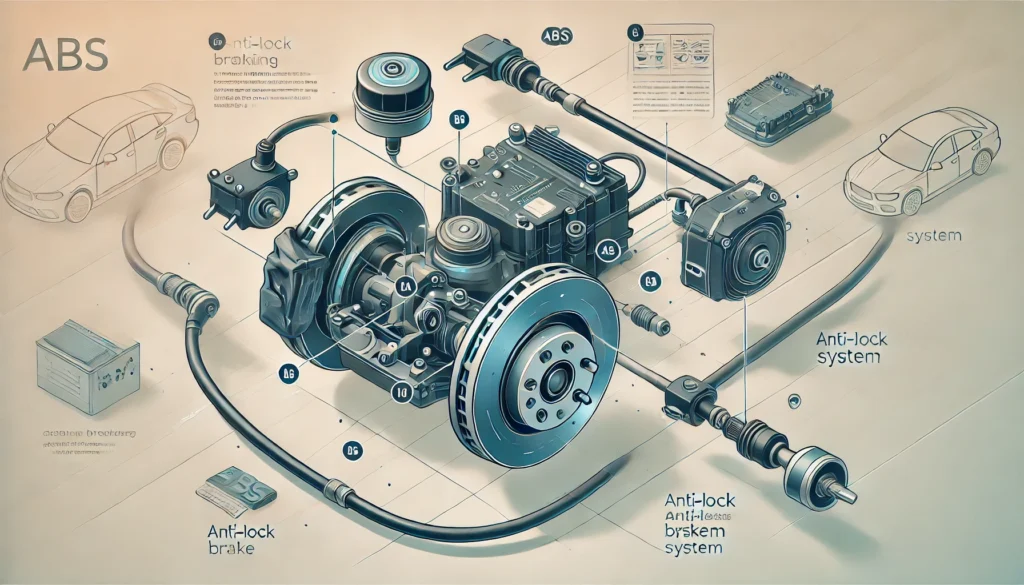When your ABS system starts malfunctioning, it can create serious safety concerns. Since ABS plays a pivotal role in your vehicle’s braking performance and safety, recognizing when it needs to be replaced is essential. This article outlines the common signs of ABS failure, the potential risks, and how you can address them.
Common Symptoms of ABS Problems
The ABS system is designed to last for many years, but like all vehicle parts, it can eventually wear out. Below are the most common symptoms indicating that your ABS system may need to be replaced:
- ABS Warning Light on Dashboard: This is the most obvious sign that your ABS is malfunctioning. It could indicate a problem with the ABS sensors, wiring, or the control module.
- Brakes Locking Up: If the brakes start locking up during sudden stops, it may be a sign that the ABS is not working as it should.
- Unusual Pedal Feel: If you feel vibrations or the brake pedal pulsating when you brake, this could indicate a malfunction in the ABS.
- Increased Stopping Distance: A longer stopping distance, particularly in wet or icy conditions, could indicate ABS failure.
- Loss of Braking Power: If your brakes seem less responsive or don’t offer full braking power, the ABS could be at fault.
Dashboard Warning Lights and What They Mean
Modern vehicles come equipped with a range of warning lights, including the ABS warning light. If this light comes on, it is a clear indication that your ABS needs attention. This warning light may illuminate for several reasons, including a malfunction in one or more of the ABS components, low brake fluid levels, or even an electrical issue. It’s important to address this warning promptly to avoid further damage.
The Dangers of Ignoring ABS Issues
If you continue to drive with a malfunctioning ABS, it can increase the risk of an accident. In situations where you need to stop suddenly, your ability to maintain control of the vehicle may be compromised. Without ABS, your car could skid, and you may be unable to steer effectively. Ignoring ABS issues could also lead to more expensive repairs down the line.
Steps to Take When Your ABS Needs Replacing
- Diagnose the Problem: Have a professional mechanic perform a thorough diagnostic test to determine the exact issue.
- Repair or Replace Faulty Components: If the problem is with a specific ABS component (such as a sensor or pump), it may only need repair. However, if the system is severely damaged, a full replacement may be necessary.
- Use OEM Parts: When replacing the ABS system, it’s essential to use Original Equipment Manufacturer (OEM) parts to ensure quality and compatibility with your vehicle.
How ABS Replacement Differs from Traditional Brake Repairs
Unlike traditional brake repairs, ABS replacement involves dealing with complex electronic components and sensors. It’s not just about replacing the brake pads or discs; it’s about diagnosing and replacing sensors, controllers, and sometimes the entire ABS module. This specialized repair requires skilled technicians with knowledge of electronic systems and modern vehicle braking technologies.

